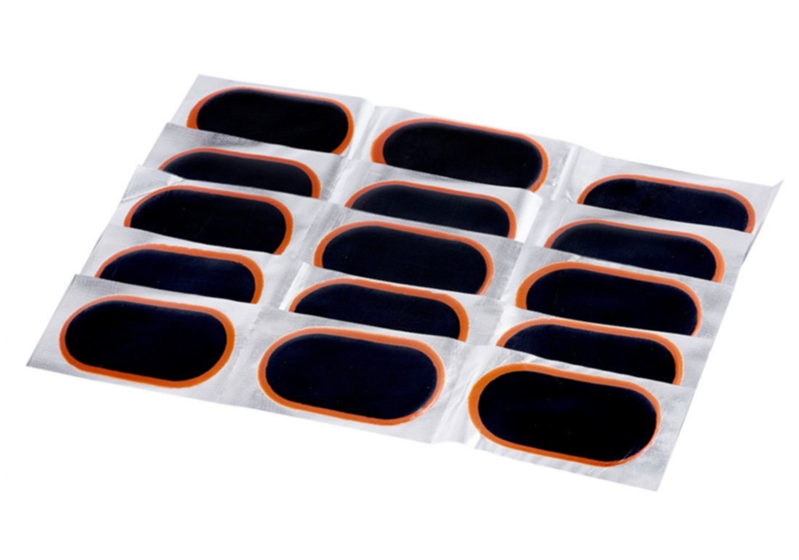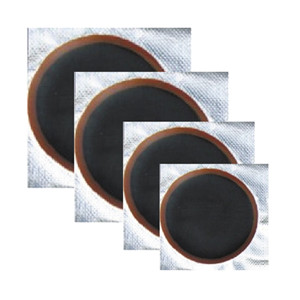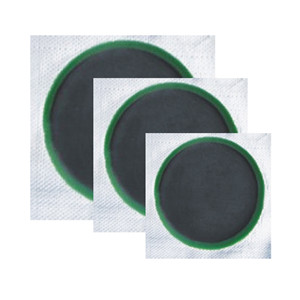Email format error
Email cannot be empty
Email already exists
6-20 characters(letters plus numbers only)
The password is inconsistent
Email format error
Email cannot be empty
Email does not exist
6-20 characters(letters plus numbers only)
The password is inconsistent


Introduction to Tire Patch


1. What is a tire patch?
A tire patch, as the name suggests, is a material used to repair tire damage. It is typically used to fill small holes or cracks on the tire to prevent air leakage, thus extending the tire's lifespan. Tire patches are commonly used by car owners and tire repair shops as a cost-effective solution to minor tire issues, avoiding the high cost of complete tire replacement.
2. Reasons for tire damage
Tire damage usually occurs due to the following common reasons:
1. **Nail punctures**: Sharp objects on the road may puncture the tire, causing air leakage.
2. **Sidewall damage**: Colliding with roadside obstacles or strong impacts may cause the tire sidewall to crack.
3. **Wear and tear**: After prolonged use, tires may wear out, exposing the fabric.
4. **Temperature changes**: Extreme temperature changes can lead to tire material aging and cracking.
3. Types of tire patches
Tire patches can be classified into different types based on the repair method and material used:
1. **Self-adhesive patches**: These patches use self-adhesive materials, making it simple and convenient to apply them to the damaged area.
2. **Glue patches**: These patches require specific tire glue for bonding and are suitable for larger damages and cracks.
3. **Rubber patches**: Typically used for repairing larger damages, these patches offer good flexibility and sealing.
4. **Inner and outer patches**: Inner patches are used for internal tire repair, while outer patches are applied on the tire's surface, suitable for different situations.
4. Steps for using tire patches
When repairing a tire with a tire patch, it is generally recommended to follow these steps:
1. **Inspect the tire**: After noticing air leakage, check the tire for damage to determine if it is suitable for patch repair.
2. **Prepare tools**: Have the patch, glue (if needed), tire tools (such as tire levers), and an air pump ready.
3. **Remove the tire**: If the damage is severe, it is advisable to remove the tire for a detailed inspection and repair.
4. **Clean the damaged area**: Use sandpaper or a cleaner to clean the damaged area, ensuring a tight bond between the patch and the tire.
5. **Apply the patch**: Depending on the type of patch, correctly apply it to the damaged area, ensuring there are no air bubbles.
6. **Inflate and test**: After the repair, promptly inflate the tire and check for any air leaks.
5. Precautions for using tire patches
1. **Repair limitations**: Not all damages can be repaired with a patch. If the tire sidewall is severely damaged or has multiple injuries, it is recommended to replace the tire.
2. **Use appropriate patches**: Different tire brands may require different types of patches, so choosing the right material is crucial.
3. **Regular inspections**: Repaired tires should be regularly checked to ensure their performance and safety.
4. **Professional operation**: For damages that you cannot handle yourself, seek professional tire repair services to ensure repair quality.
6. Conclusion
Tire patches provide car owners with an economical and practical solution for tire repair, helping to extend the tire's lifespan and reduce unnecessary expenses. However, car owners should also understand the scope of application and limitations of patches to ensure the safety of the tire during driving. In daily vehicle use, maintaining regular inspections and maintenance of tires is an important aspect of ensuring driving safety.





